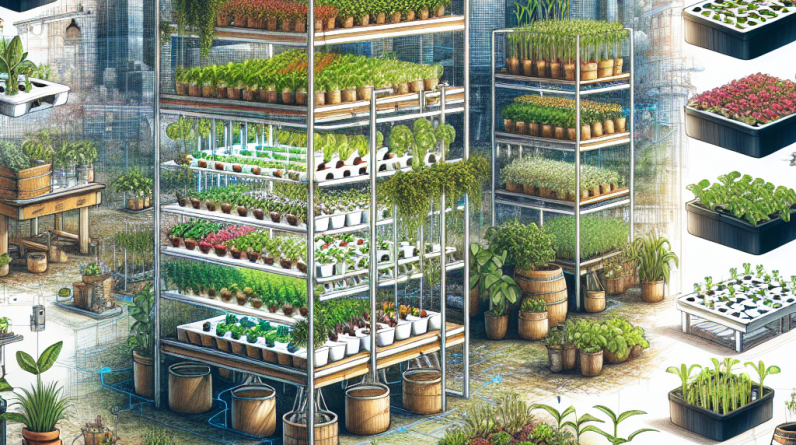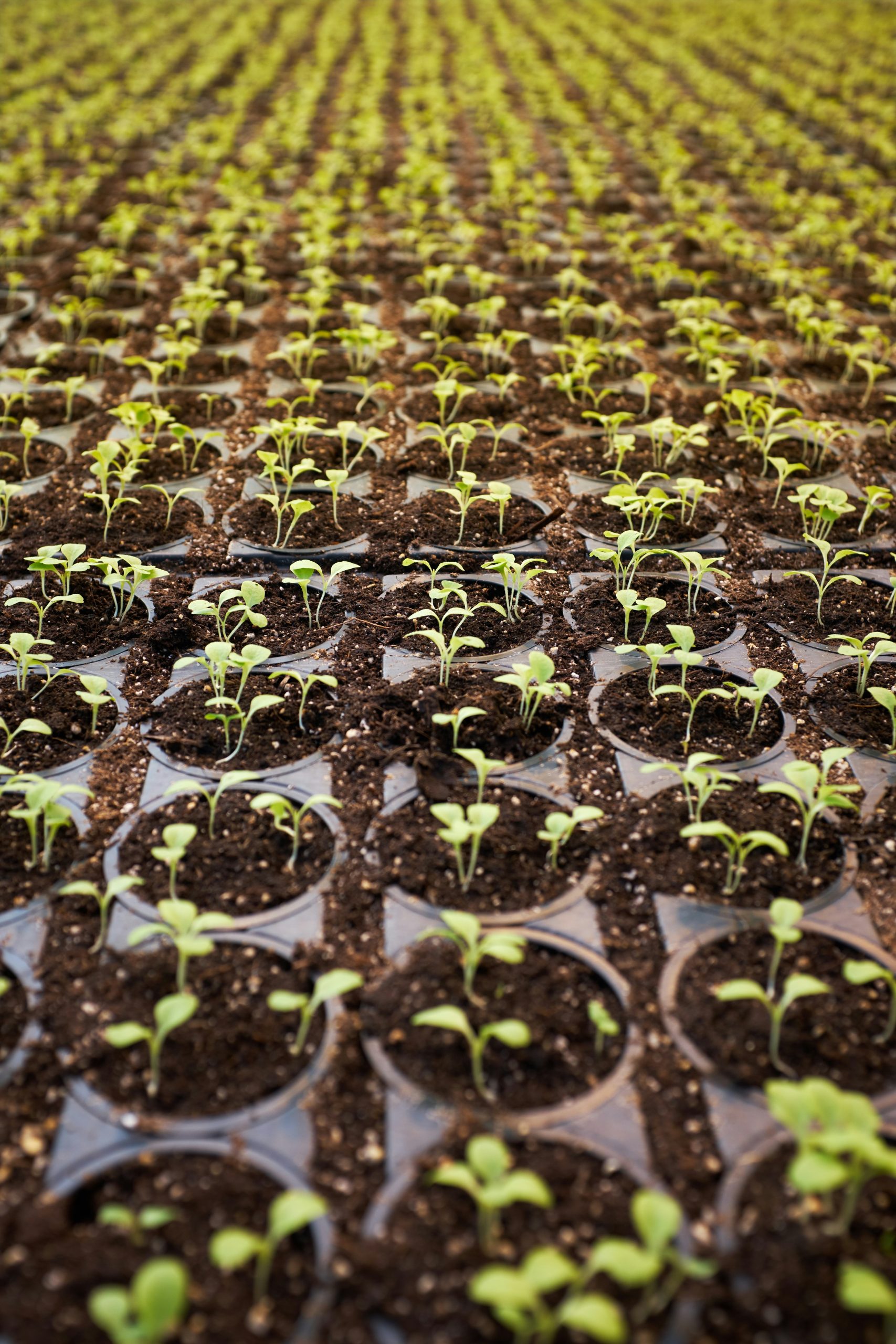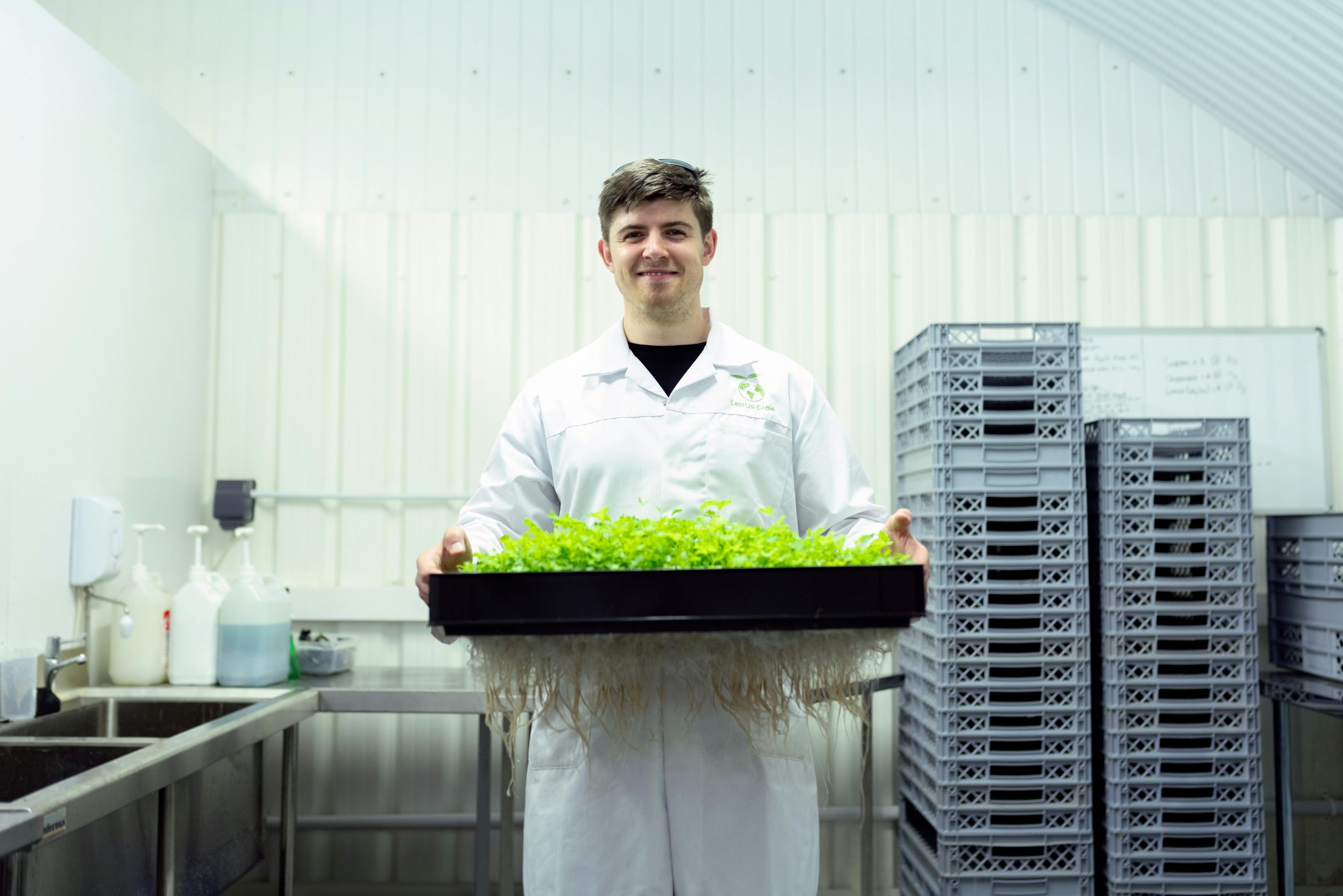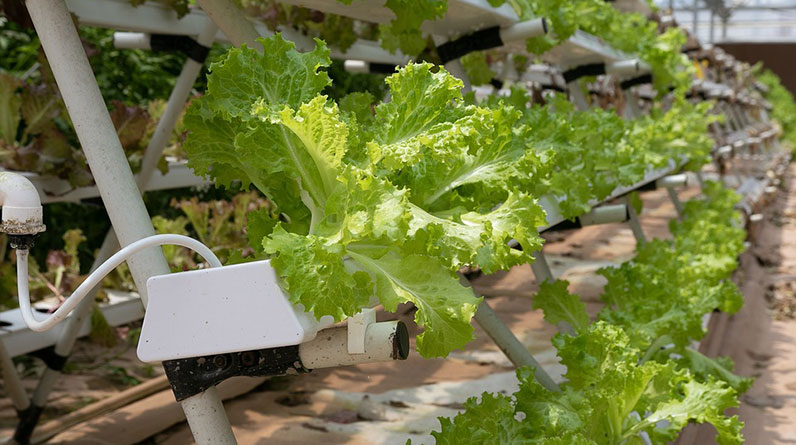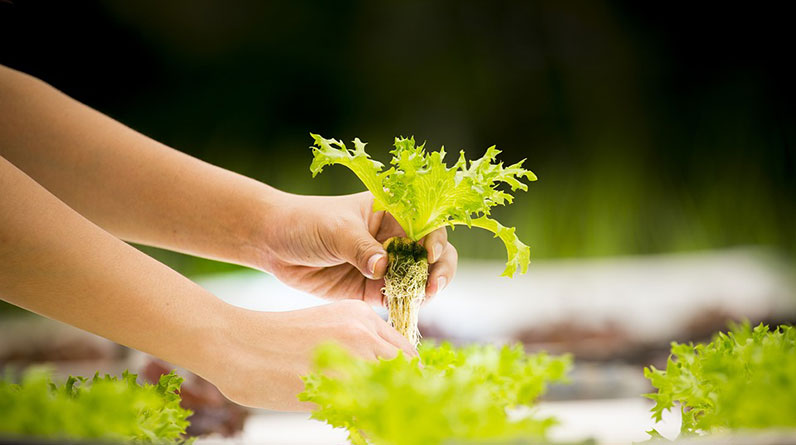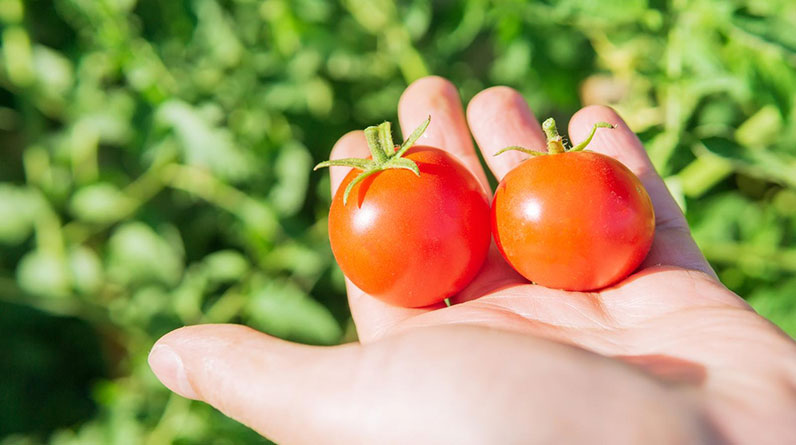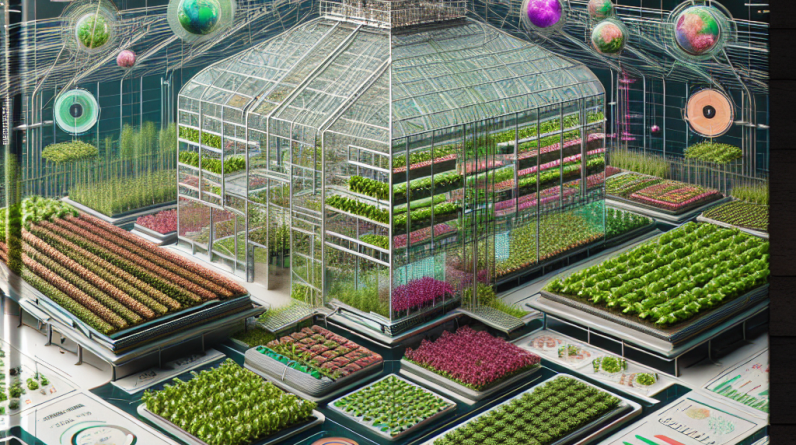
1. Choosing the Perfect Hydroponic System
Understanding Different Hydroponic Technologies
In 2025, selecting the right hydroponic greenhouse system begins with understanding the various methods available. Popular systems include nutrient film technique (NFT), deep water culture (DWC), drip systems, and aeroponics. Each offers unique benefits tailored to specific crops and scales of operation. For example, NFT is excellent for lettuce and herbs, while aeroponics can maximize space and accelerate growth for high-value crops.
When choosing your system, consider factors like water efficiency, space constraints, and crop type. The right fit can improve yield consistency and reduce resource waste. Many growers are now merging systems â for instance, combining NFT with drip irrigation to optimize water and nutrient use.
Case studies reveal that hydroponic greenhouses utilizing automated NFT setups increase productivity by 20-30% compared to traditional methods. The key is to match the system with your crop needs and scalability plans for 2025.
Practical Tips for System Selection
Assess your available space, budget, and crop portfolio. Start small with tried-and-true systems like DWC if you’re a beginner, then scale up to more sophisticated setups. Consider future expansion possibilities to save on retrofitting costs later on.
Invest in high-quality components to minimize downtime and maintenance. Regularly monitor system performance and adapt as you gather data over the initial growth cycles.
Remember, the choice of system also impacts your environmental footprintâfavor renewable, low-energy solutions whenever possible.
2. Optimizing Lighting Conditions
Leveraging Advanced LED Technology
Lighting is a critical factor in a successful hydroponic greenhouse. In 2025, LED grow lights have become the industry standard, providing customizable spectra that promote optimal plant growth. Modern LEDs are energy-efficient and can be tailored to the specific needs of different crops, improving yield and quality.
For example, blue and red light combinations stimulate photosynthesis and flowering, respectively. Integrating smart lighting controllers allows growers to adjust spectra automatically based on plant growth stages, reducing energy consumption by up to 40%.
Real-world applications show that LED optimization can double crop yields in a single season, especially for indoor hydroponic greenhouses aiming for high-density production.
Strategies for Effective Lighting Management
Test different light intensities and durations to find the sweet spot for your crops. Use light sensors integrated with automation systems for real-time adjustments. Keep in mind that excessive lighting can lead to energy waste and plant stress, so balance is key.
Combine supplemental natural sunlight with artificial lighting when possible to further reduce energy costs. In regions with high sunlight during certain seasons, adjustable shading and reflective materials can maximize natural light efficiency.
3. Managing Nutrient Delivery Effectively
Customizing Nutrient Solutions for Crop Needs
Developing precise nutrient formulations is essential for maximizing growth in a hydroponic greenhouse. In 2025, tailored nutrient mixes based on crop type, growth stage, and environmental conditions are key. For example, leafy greens require different nutrient balances than fruiting crops like tomatoes or peppers.
Using data-driven sensors to monitor nutrient levels in real-time allows for dynamic adjustments, preventing deficiencies or excesses that can harm plants. Consistency in nutrient delivery directly correlates with increased yields and better-quality produce.
Many successful growers employ automated dosing systems that deliver nutrients precisely, saving time and reducing waste. This practice not only improves crop performance but also enhances the sustainability of your hydroponic greenhouse.
Practical Tips for Nutrient Optimization
Test your nutrient solutions regularly with professional testing kits. Keep detailed records of each batch to fine-tune formulations over time. Incorporate organic nutrients where possible to improve soil health and reduce environmental impact.
Implement recirculating systems that reuse water and nutrients, maximizing resource efficiency and minimizing costs.
4. Controlling Environmental Factors
Temperature, Humidity, and COâ Levels
Maintaining optimal environmental conditions is critical for hydroponic greenhouse success in 2025. Precise control of temperature, humidity, and COâ enhances photosynthesis and reduces disease risk. Advanced climate control systems allow growers to automate these parameters, ensuring consistent conditions year-round.
For example, daytime temperatures of 22-26°C and humidity levels of 50-70% are ideal for most leafy greens. COâ enrichment can boost plant growth by up to 30%, especially in enclosed hydroponic systems.
Implementing sensors and automated ventilation helps mitigate issues related to excess humidity or temperature fluctuations, leading to healthier plants and higher yields.
Best Practices for Climate Control
Regularly calibrate your environmental sensors for accuracy. Use data analytics to identify patterns and optimize settings. Consider integrating renewable energy sources like solar-powered ventilation fans to make your greenhouse more sustainable.
Seasonal adjustments and proactive maintenance of HVAC equipment ensure your hydroponic greenhouse remains productive regardless of external weather conditions.
5. Implementing Automated Monitoring Systems
Benefits of IoT and Smart Technology
Automation is revolutionizing hydroponic greenhouses in 2025. IoT-based sensors monitor everything from nutrient levels to light intensity, providing data that can be analyzed for optimal decision-making. Smart systems reduce manual labor and improve accuracy.
For instance, automated systems can adjust nutrient flow or lighting based on real-time readings, ensuring consistent crop quality. Growers report up to 25% increases in productivity and significant reductions in resource waste.
These technologies enable early detection of issues like disease or equipment failures, minimizing crop loss and maintenance costs.
Choosing the Right Monitoring Tools
Select sensors compatible with your system and capable of integrating into a centralized dashboard. Prioritize user-friendly interfaces for easier management. Regular calibration and maintenance of sensors ensure reliable data.
Consider cloud-based platforms that allow remote monitoring, giving you peace of mind and operational insights from anywhere.
6. Sustainable Water Recycling
Reducing Water Footprint in Hydroponic Greenhouses
Water conservation remains vital in 2025. Hydroponic greenhouses are naturally more water-efficient, but advanced recycling systems can further reduce waste by over 90%. Closed-loop systems recapture and reuse nutrient-rich water, minimizing environmental impact.
Implementing rainwater harvesting and filtration can supplement water needs sustainably, especially during dry seasons. Many growers are investing in smart filtration units that maintain water quality without chemical additives.
The use of sensors helps track water usage and quality, ensuring the recirculation process is efficient and safe for crops.
Practical Tips for Water Management
Regularly test water pH and nutrient concentrations to prevent imbalances. Automate the recirculation process for continuous operation. Educate yourself on local water regulations to stay compliant and support eco-friendly practices.
7. Pest and Disease Management
Integrated Pest Management (IPM) in Hydroponic Settings
Preventing pests and diseases is crucial for hydroponic greenhouses in 2025. IPM combines biological controls, physical barriers, and targeted chemical applications to maintain healthy crops without harmful residues. The enclosed environment of a hydroponic greenhouse makes it easier to implement effective IPM strategies.
Introducing beneficial insects like ladybugs or predatory mites helps control common pests sustainably. Regular sanitation, pest screenings, and monitoring are vital components.
Early detection through sensors and visual inspections allows prompt action, minimizing crop damage and reducing reliance on chemical pesticides.
Effective Disease Prevention Techniques
Maintain optimal environmental conditions to avoid pathogen proliferation. Use disease-resistant crop varieties and rotate crops to prevent pathogen build-up. Keep foot traffic and equipment sanitized to minimize cross-contamination.
8. Choosing High-Yield Crop Varieties
Market-Ready and Resilient Crops for 2025
Selecting the right crop varieties is essential for maximizing profits in a hydroponic greenhouse. In 2025, focus on high-yield, disease-resistant, and fast-maturing strains. Popular choices include specialty lettuce, microgreens, cherry tomatoes, and exotic herbs.
Research plant genetics and select varieties known for resilience against environmental stresses and pests. Growing high-demand crops tailored to market trends ensures better revenue streams.
Invest in quality seed sources that guarantee uniformity and vigor, reducing crop failures and boosting overall productivity.
Tips for Crop Selection and Management
Start with a core set of crops to refine your growing techniques. Use data from previous seasons to decide which varieties perform best under your specific conditions. Experiment with new strains to stay ahead of market trends.
9. Employing Data-Driven Crop Management
Using Analytics to Boost Productivity
Data analytics is transforming hydroponic greenhouse operations in 2025. Collecting and analyzing data on growth rates, environmental parameters, and nutrient levels help optimize crop performance. Machine learning algorithms can predict optimal harvest times and alert growers to potential problems.
Implementing a centralized data management system allows for real-time decision making, reducing guesswork and improving crop yields.
Many successful hydroponic growers leverage historical data to refine practices, leading to consistent improvement over time.
Actionable Tips for Data Utilization
Invest in reliable sensors and data platforms compatible with your setup. Regularly review metrics and adapt your practices accordingly. Training your team on data interpretation maximizes the benefits of digital tools.
Combine data insights with expert knowledge to develop more resilient and productive hydroponic greenhouse strategies.
10. Harnessing Renewable Energy Sources
Green Energy Solutions for 2025
In 2025, incorporating renewable energy into your hydroponic greenhouse reduces operational costs and environmental impact. Solar panels, wind turbines, and geothermal systems are increasingly affordable and effective options.
Energy-efficient LED lighting and automated climate controls can be powered sustainably, making your greenhouse more resilient and eco-friendly. Several case studies show that energy savings of up to 50% are achievable with proper integration of renewables.
Government incentives and grants further support the transition to green energy, making it a smart investment for future-proofing your operations.
Implementation Tips
Evaluate your energy consumption to determine the most suitable renewable sources. Work with professionals to design efficient systems that integrate seamlessly with your existing infrastructure. Monitor usage continuously to optimize performance and savings.
Conclusion
In 2025, mastering the best hydroponic greenhouse strategies is essential for maximizing productivity, sustainability, and profitability. From selecting the right systems and managing environmental factors to leveraging technology and renewable energy, each aspect plays a crucial role in creating a resilient and efficient operation. The importance of implementing these top 10 strategies cannot be overstated â they not only improve yields but also promote eco-friendly practices vital for the future of farming. Whether you are a seasoned grower or just starting out, focusing on these innovative approaches will ensure your hydroponic greenhouse succeeds in the competitive landscape of 2025 and beyond.
Frequently Asked Questions
1. What is a hydroponic greenhouse?
A hydroponic greenhouse is a controlled environment agriculture system where plants grow without soil, using nutrient-rich water solutions within a greenhouse structure. This method allows for higher yields, faster growth, and efficient resource use.
2. How can I optimize my hydroponic greenhouse for 2025?
Focus on selecting the best hydroponic systems, employing advanced lighting, environmental controls, and automation, as well as utilizing sustainable practices like water recycling and renewable energy. Staying updated with technological advancements is key.
3. What crops are best suited for hydroponic greenhouses in 2025?
Popular crops include leafy greens, microgreens, cherry tomatoes, peppers, and herbs. Choose high-yield, high-demand varieties resistant to common pests and diseases for maximum profitability.
4. How important is automation in modern hydroponic greenhouses?
Automation is crucial for precise monitoring and control of nutrients, lighting, temperature, and humidity. It reduces labor costs, improves consistency, and enhances overall efficiency.
5. Can a hydroponic greenhouse be environmentally sustainable?
Absolutely. By incorporating water recycling, renewable energy, and organic inputs, hydroponic greenhouses can significantly reduce their environmental footprint while maintaining high productivity.



